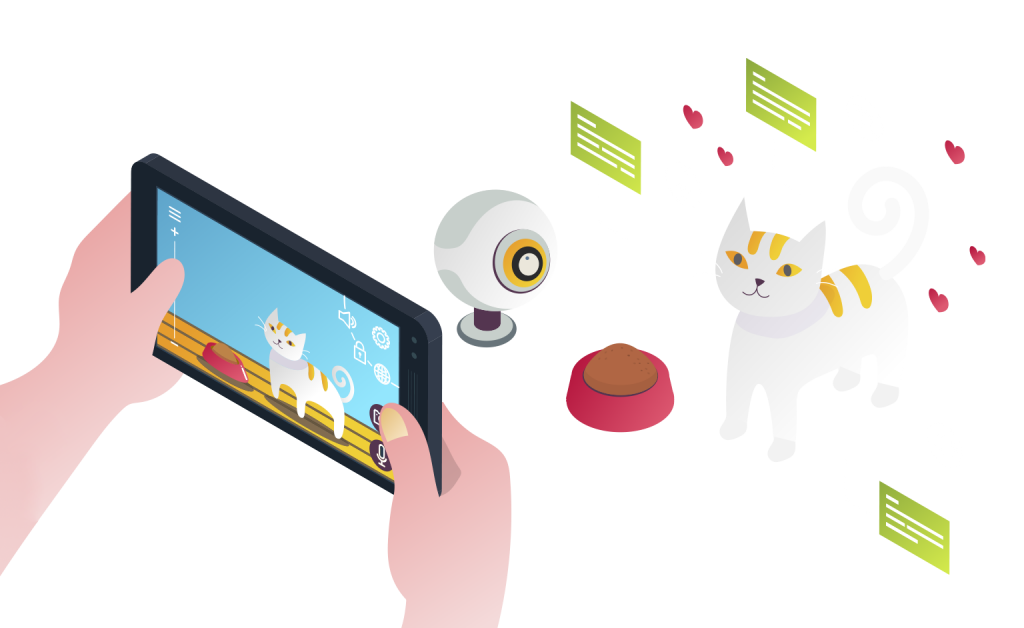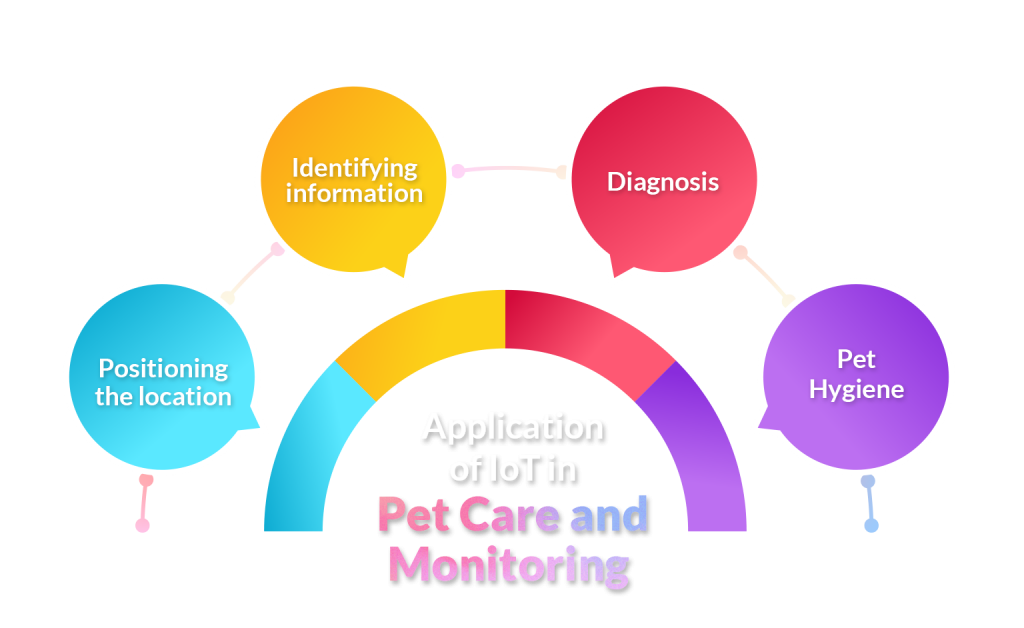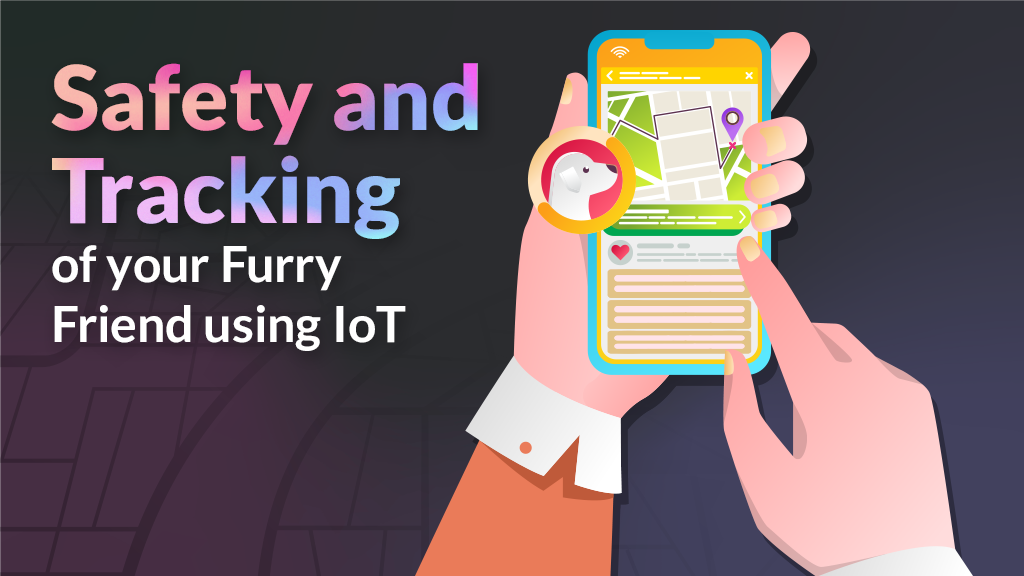For a pet owner, the biggest nightmare that they could ever experience is one day waking up and finding their furry friend missing. Unfortunately, this nightmare might be more accurate than they could’ve ever imagined. It is estimated that almost 14% of pet owners reported losing their pets at least once within five years of owning a pet.
There is nothing more heartbreaking than running down the streets yelling and searching for your beloved dog in every nook and cranny in your neighborhood, plastering the walls with the “Lost” posters and flyers in a last-ditch desperate attempt to reunite with your loved one.
Nevertheless, with the emergence of the latest technologies and gadgets, the internet of things has taken over various industries and now working to bring embedded devices to the consumers. As a result, many people have turned to the common practice of microchipping their dogs to boost the odds of being reunited if they go missing. Microchips are grain-sized RFID chips implanted between a pet’s shoulder blades that store a unique ID number that vets or shelters can use to look up the owner’s contact information on pet registries. Let’s dive into the blog and find out how IoT has grown in recent years and serves in pet tracking and monitoring solutions by its application.
How do IoT-enabled Tracking Solutions Work?

There are a few different types of pet tracking systems. They function by integrating technology into a pet’s collar or connecting gadgets to an existing collar. The range of operation, battery life, and features are determined by the technology used. Cellular, Bluetooth, and GPS are the most prevalent technologies in IoT-enabled tracking solutions, but they have drawbacks.
The most prevalent IoT-enabled pet trackers are cellular trackers. These trackers often communicate data back to the owner over existing cellular or wifi networks via a smart device or computer. Because these trackers require a SIM card and must connect to cellular networks, they are commonly sold on a monthly subscription basis. Although cellular trackers can’t pinpoint a pet’s location exactly, they can provide an owner with a decent starting point. However, technology is getting better every day, and new adoptions and ideas make this much more precise and efficient.
Components Required to build an IoT- enabled Pet Tracking Solution.

Wearable devices rely on numerous functional features to capture, process, visualize sensors, location, and health information. For example, wearable trackers capture pets’ physical activity data using an inertial measuring unit (IMU), pulse, temperature, and breathing rate sensors. In the cloud, the data is stored and processed. Anomalies found in pets’ biometric data can aid vets in diagnosing health issues or recommending a better diet.
Hardware
PCBs, sensors, and connectivity modules are used in virtual devices that just allow users to track their location and activities. For two-way feedback, high-end wearables may have a built-in microphone or camera. An IoT tracking system may include a base station that bulk-uploads telemetry data to the cloud over Wi-Fi and operates as a safe zone indicator inside a home. In some situations, a base station may be replaced by Bluetooth Low Energy (BLE) beacons deployed throughout the home. Smart tags can compute locations up to 300 meters away and outperform GPS in restricted spaces.
Connectivity
Wearables commonly use Bluetooth to communicate with smartphone apps. The technology underpins the virtual leash by measuring the distance between a pet and a user’s smartphone. Wearable gadgets could also connect to Wi-Fi for indoor connectivity. Trackers use GPS or cellular connectivity to send location data to the cloud and the mobile app.
Embedded Software
Firmware connects a smart wearable’s physical components. It allows it to communicate with a mobile app and back end and record sensor, audio, and video data, for rolling out new device features and security patches.
Mobile Applications
The primary purpose of tracking apps is to display pet’s locations on an internet map and send them notifications. Users can also designate safety zones, customize and apply behavioral adjustments, and obtain health and physical activity data in real-time or over a period using mobile applications.
Application of IoT in Pet Care and Monitoring

Pet wearables are the most extensively used technology for IoT pet tracking gadgets. As you can see, there are numerous sorts of wearable gadgets available, each sold for a different purpose, and the market potential is enormous.
Positioning the location (Smart pet collar)
Pets are usually mischievous; they prefer to go to every corner of the house to play hide-and-seek with you or even run away from home; they don’t speak like humans, and there’s a reasonable risk of being caught by the bad guys outside. The pet’s location can be determined by wearing a locator beacon that uses Bluetooth, GPS, or LoRa technology. But, of course, it all depends on your budget and the information you want to keep track of.
Identifying information (Smart pet tag)
When you have a lot of pets to handle, you may put Bluetooth beacons on each of them and use background detection to identify them and obtain other information accurately. For example, Quantity, location, and activities.
Diagnosis (Healthy Pet Tracker)
Apart from maintaining track of their animals, pet owners are most concerned with their pets’ health. The IoT market has responded by launching solutions analogous to human health monitoring. These programs come with various sensors to track heart rate, temperature, and activity. These trackers can be used to monitor pets’ health and improve training efficiency.
Pet Hygiene
Domestication is required for good pet hygiene. The owner can learn about the pet’s toilet habits and change the habitat using motion sensors. You can also install motion, temperature, and humidity sensors throughout your home to check if you accidentally find up in a pet’s restroom.
Benefits of IoT- enabled Devices for Pet Tracking
- When your pet is in the care of dog walkers or sitters, keep a watch on them to ensure they are where you want them to be.
- Keep track of your pet’s activity over time to aid in weight loss or verify that your pet is getting enough exercise.
- Track and monitor pets’ whereabouts in real-time, allowing you to locate your pet without relying on someone else to identify and transport them to a veterinarian or shelter.
- Create geofences around certain places, such as your yard or a nearby park, and get fast warnings if your pet wanders or exits an intended area.
Conclusion
The pet technology market is continuously changing, so it’s no wonder that it will become the IoT industry’s future. Pet locating devices are a new consumer product sector, with only a few small companies with limited marketing budgets marketing them. However, most individuals consider their dogs to be members of their family and are prepared to spend a large amount of money on them. However, the most significant remaining impediment to IoT pet monitoring adoption is a lack of knowledge among potential buyers. Hopefully, the proper knowledge will help owners adopt IoT devices for their pets for better life and monitoring.





